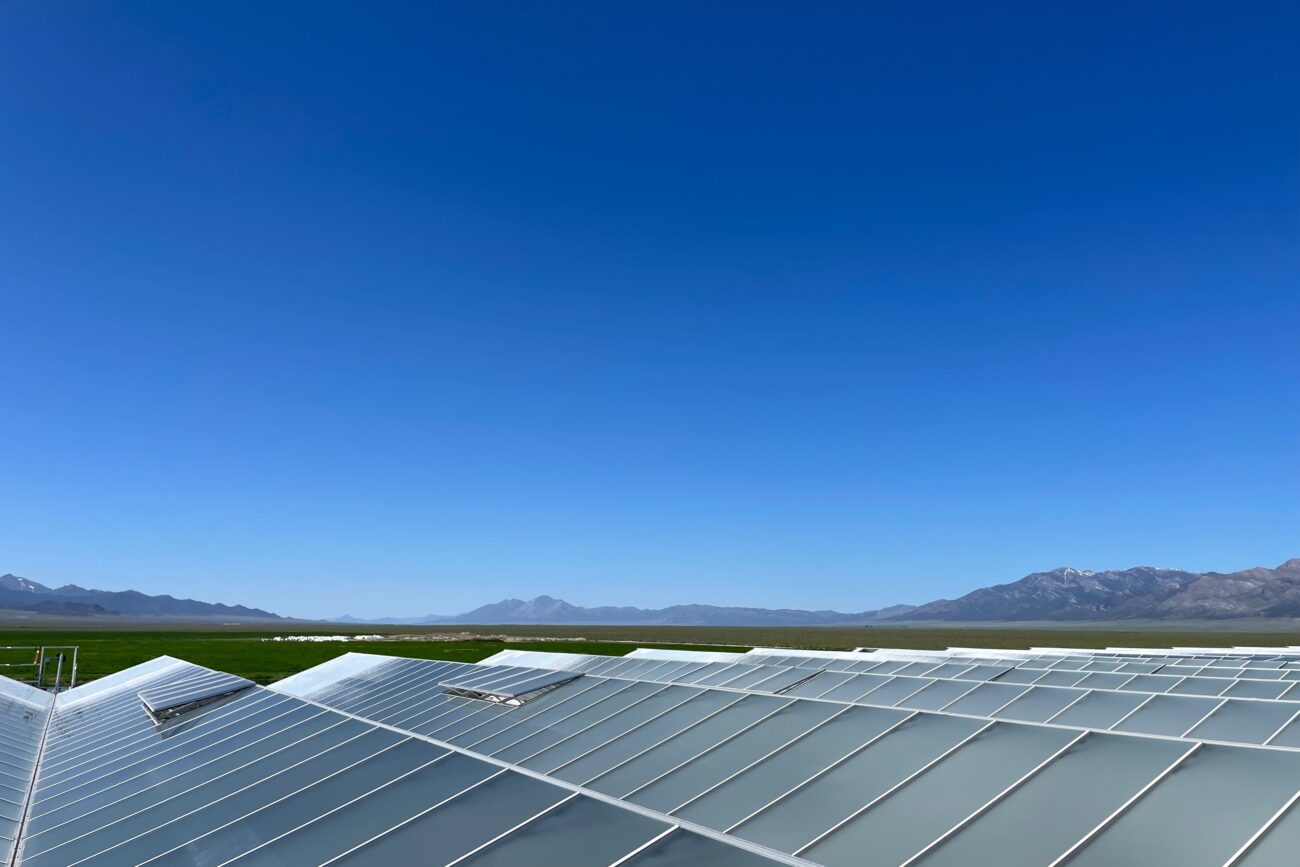Education
Desert Grown: How Big Ag Techniques Are Revolutionizing Sustainable Cannabis in Nevada

When most people picture cannabis farming, they imagine sun-drenched hills in Humboldt or backyard greenhouses in Oregon. But in Nevada, where the sun scorches and water is precious, a new frontier is taking shape; Big Ag meets sustainable cannabis.
Across the Silver State, cultivators are tapping into large-scale agricultural technology; drip irrigation, soil science, climate modeling, to produce clean, consistent, and eco-conscious cannabis. And surprisingly, these massive grows aren’t killing the planet.
They’re saving it.
Growing in the Desert: Challenge Accepted
Nevada’s cannabis producers are facing some of the harshest grow conditions in the country:
- Triple-digit temps
- Single-digit humidity
- Limited freshwater access
- Alkaline soils and nutrient depletion
But where traditional cannabis cultivation struggles, Big Ag solutions thrive. Nevada’s cannabis industry is now taking notes from vineyards, greenhouses, and vertical farms—blending decades of farming innovation with modern cannabis science.
What Is “Big Ag” in Cannabis?
Big Ag (short for Big Agriculture) refers to large-scale, mechanized farming operations that use data, automation, and infrastructure to maximize yield and efficiency. In cannabis, that means:
Precision Cultivation Techniques:
- Automated fertigation systems
- Sensor-driven irrigation
- Climate-controlled hybrid greenhouses
- AI-driven canopy and nutrient optimization
Sustainable Ag Tech:
- Closed-loop water recycling
- Energy-efficient lighting and solar integration
- Soil amendments and crop steering
- Integrated pest management (IPM) over chemical spraying
The result? Scalable, efficient cultivation that doesn’t sacrifice sustainability.
Big Ag, Small Footprint
Here’s how these large-scale techniques are helping Nevada cannabis go green in the desert:
Water Conservation
- Drip irrigation systems can reduce water usage by up to 60% compared to traditional spray systems.
- On-site water capture and filtration systems are reusing every drop possible in closed-loop systems.
Energy Efficiency
- Hybrid greenhouses combine natural sunlight with minimal supplemental lighting, cutting down on electricity use.
- Some operations are integrating solar arrays and battery storage to reduce grid dependency.
Clean Growing Standards
- Advanced airflow, humidity control, and pest barriers help maintain clean flower without heavy pesticide reliance.
- Soil sensors monitor microbial health and nutrient retention to support regenerative practices, not strip the land.
Yield + Quality = Sustainability That Scales
The best part? Big Ag cannabis isn’t just about quantity; it’s producing some of Nevada’s cleanest, terpene-rich, and most consistent flower on the market.
Unlike smaller grows that can suffer from batch inconsistency, large-scale farms using precision ag can maintain:
- Tight cannabinoid and terpene ranges
- Predictable harvest timelines
- Lower risk of contamination or failed lab tests
That’s good news for dispensaries, processors, and conscious consumers who want to know exactly what they’re getting every time.
Ask Your Agent: Is This Desert Grown, or Desert Smart?
For retail buyers and purchasing managers, it’s time to start asking smarter questions:
- Is this flower grown using precision agriculture or traditional methods?
- What water-saving practices are in place?
- Is the facility solar-powered or using renewable energy?
- How are pest and disease managed without heavy chemicals?
Big Ag doesn’t mean Big Waste anymore. In the hands of the right cultivators, it means Big Efficiency and Big Integrity.
Final Take: The Future of Sustainable Cannabis is Scaled and Smart
Nevada is proving that desert cannabis doesn’t have to be a resource drain. With the help of ag-tech and large-scale farm strategy, cultivators are:
- Protecting natural resources
- Growing cleaner flower
- Creating economic and environmental sustainability
Desert-grown cannabis isn’t just possible; it’s powerful. And it’s raising the bar for what sustainable cannabis should look like across the country.
